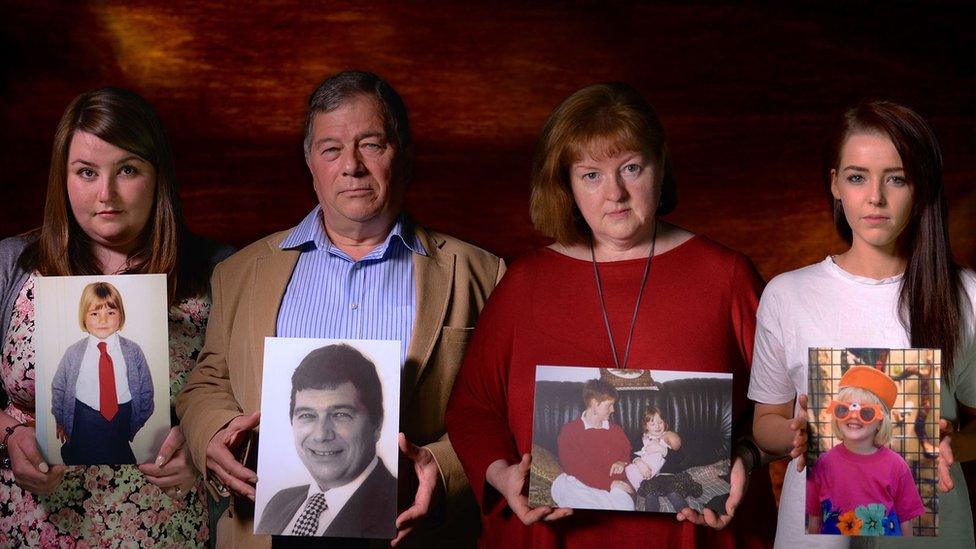Dunblane's legacy - from tragedy to tennis
- Published
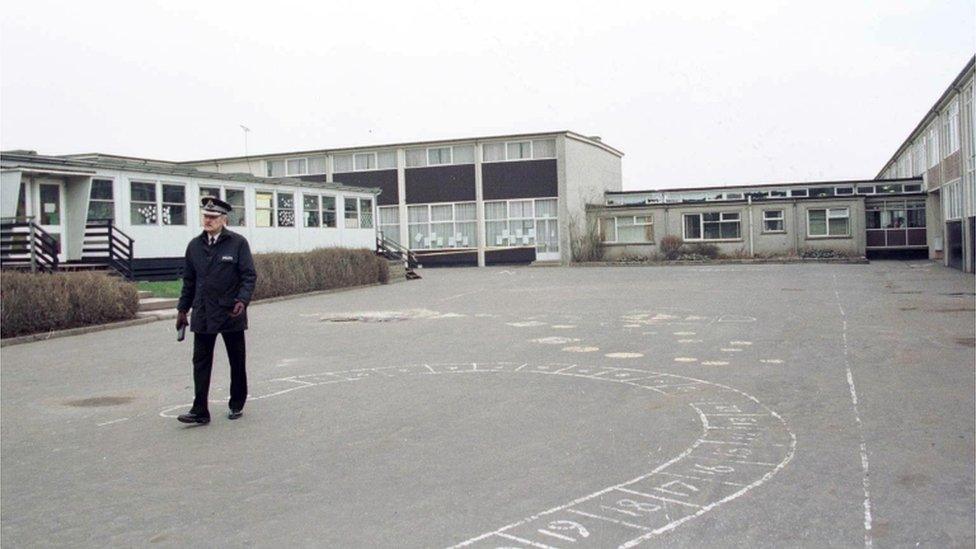
A police officer in the playground of Dunblane Primary School a day after the shooting
The mass shooting of 16 children and their teacher in Dunblane remains the worst firearms atrocity in the UK. But over the past two decades the people of the town have fought hard to present a more positive image of the town.
Thomas Hamilton, who killed himself after shooting 16 children in the primary school's gym hall, held his high-powered hand guns legally.
This is a fact which led to a massive campaign, called Snowdrop, to tighten the UK's gun laws.
They had become tougher following the 1988 Hungerford shootings when Michael Ryan murdered 16 people - owning semi-automatic rifles was banned and shotgun use was restricted, external.
After Dunblane, the Tory government banned powerful handguns above point two-two calibre, external.
Labour banned all cartridge handguns later that year, external.
Government figures suggest crimes involving firearms have fallen by two-thirds in Scotland since Dunblane, external.
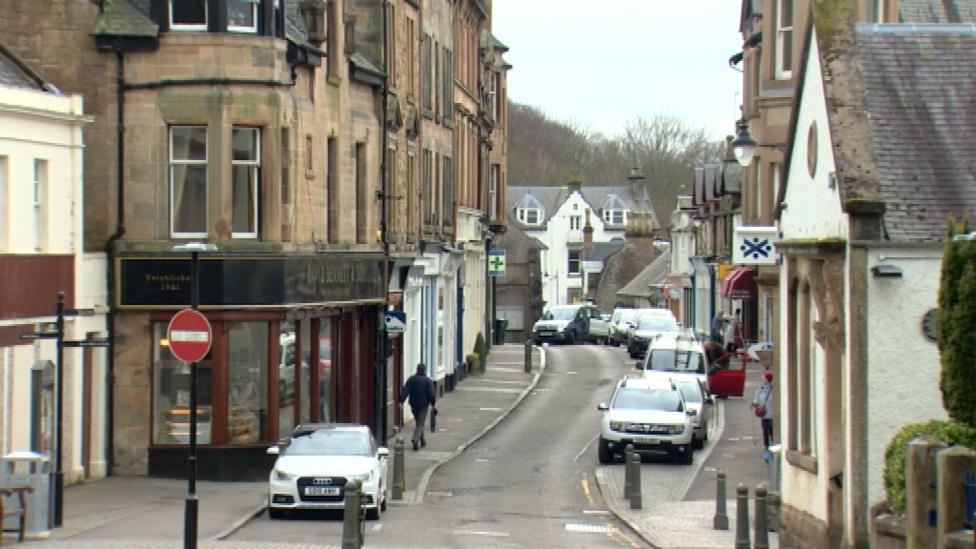
Dunblane was, and remains, a quiet Scottish town
In 1997-98 there were 1,054 offences notified to police, compared to 374 in 2013-14.
But solicitor-advocate Iain Bradley, who wrote a text book on firearms law, says it is not necessarily down to tighter regulation.
"It's difficult to tell whether anything would have changed without the tighter regulation or not," he says.
"I tend to think that it would not have made a lot of difference, because the bulk of criminal offending is in fact with illegal handguns or firearms, rather than registered ones."
Despite that, and before the days of social media, an enormous campaign had been launched in Dunblane to press for changes to the law, with a petition presented to the UK parliament containing more than 700,000 signatures.
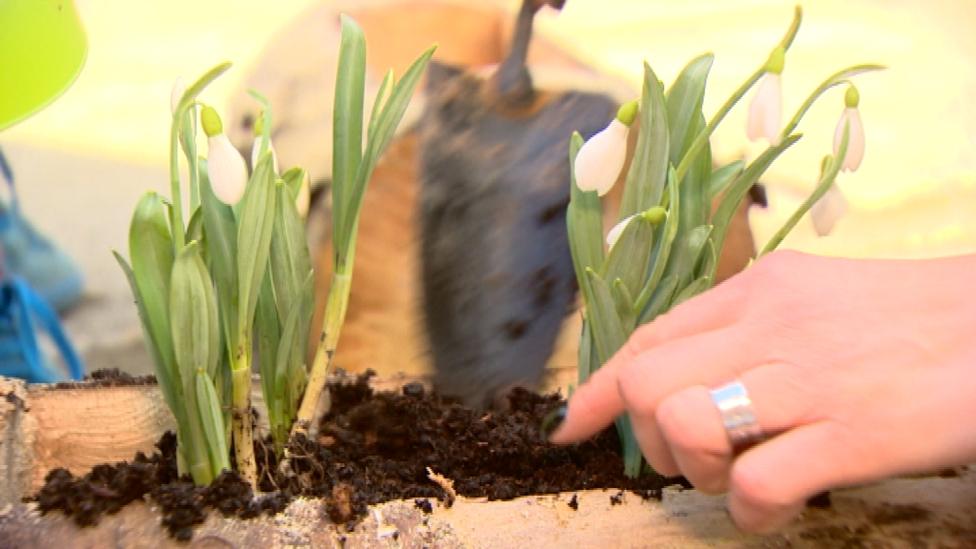
After the shooting, the snowdrop campaign fought successfully for tighter gun laws
The legacy of the Snowdrop campaign is at the Dunblane centre, partly established with money from well-wishers around the world.
Today's primary school children have been preparing snowdrops to be planted on the weekend of the 20th anniversary of the shootings.
One of the volunteers at the centre, Siobhan Hencher, believes it has been a positive facility for the town.
"It's important to Dunblane in particular because it is looking at the emotional, physical and the mental side," she said.
"I think if we look after all of them, we can make much better citizens moving forward in the community."
For years the name of Dunblane was synonymous with the massacre.
But a new tourist attraction at the top of the High Street, in the shadow of the cathedral, speaks to Dunblane's new image.
The gold pillar box was painted to commemorate the Olympic victory of one of the town's sons, Andy Murray at Wimbledon.
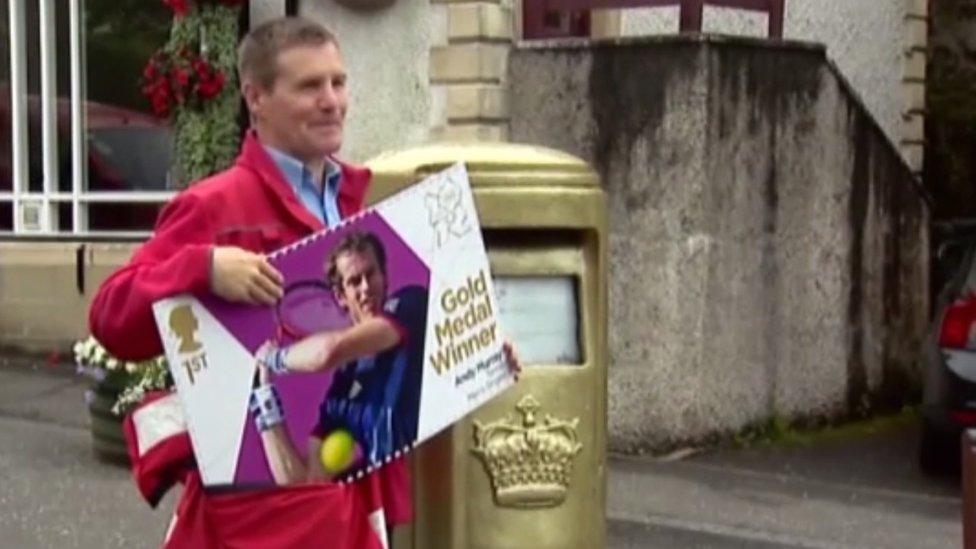
A gold-coloured pillar box in Dunblane marks Andy Murray's achievements
Murray was at Dunblane Primary School, his class waiting to go into the gym when Thomas Hamilton began shooting.
In a BBC interview in 2013, he found it difficult to relive the terrible events.
"It wasn't until a few years ago that I started to actually research it and look into it a lot, because I didn't really want to know.
"So it's just nice that I have been able to do something that the town is proud of."
Today it is easier to believe, in the words of the head teacher Ron Taylor as he reopened his school after the massacre, that the "evil" which had visited Dunblane has now gone.
- Published9 March 2016
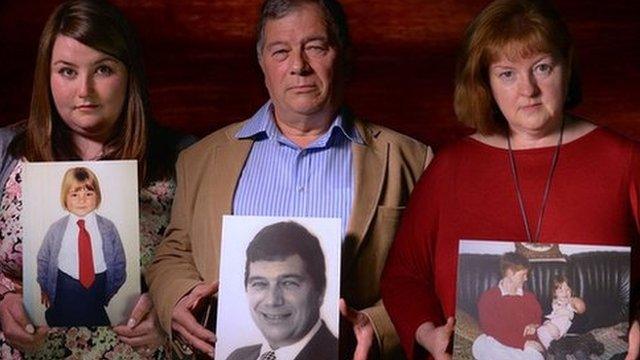
- Published8 March 2016
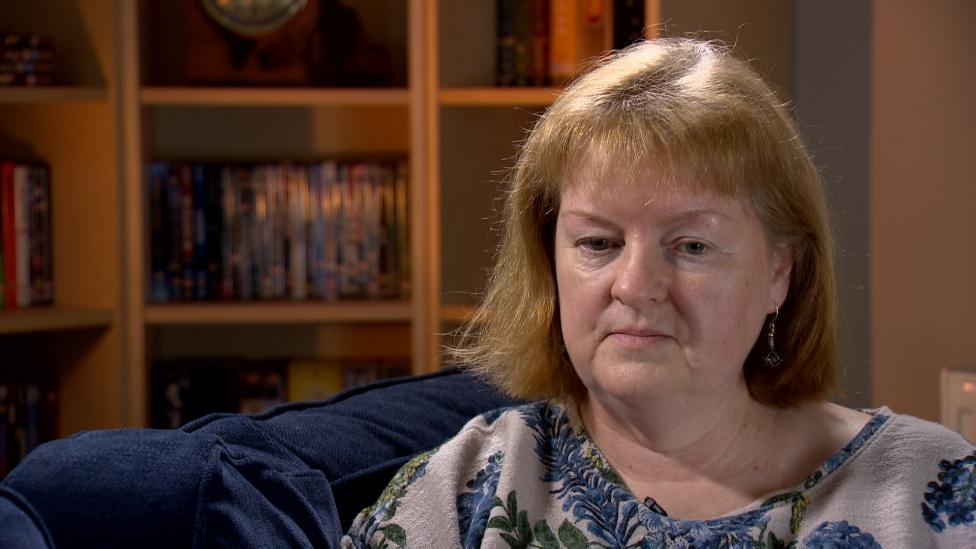
- Published5 March 2016
